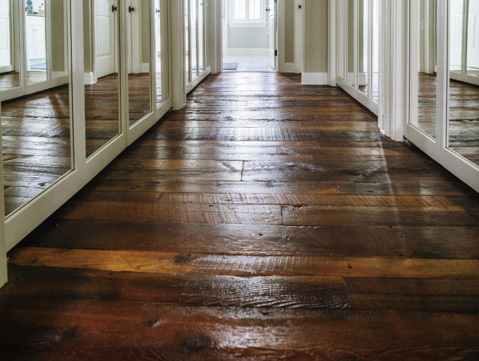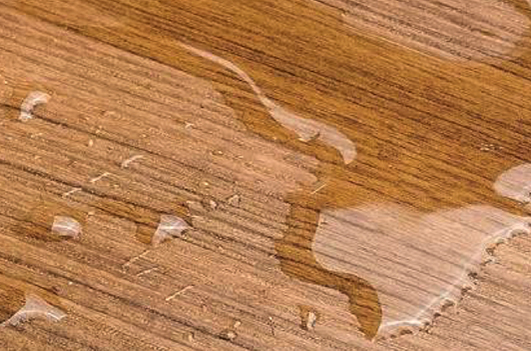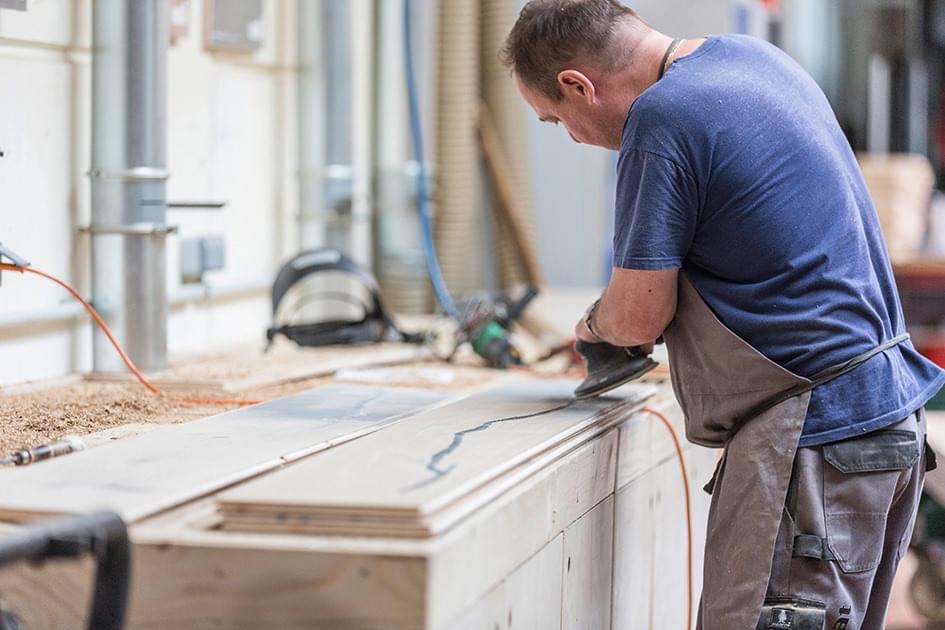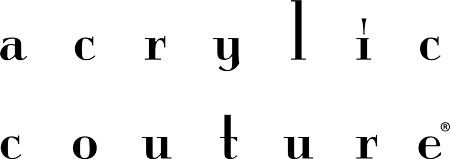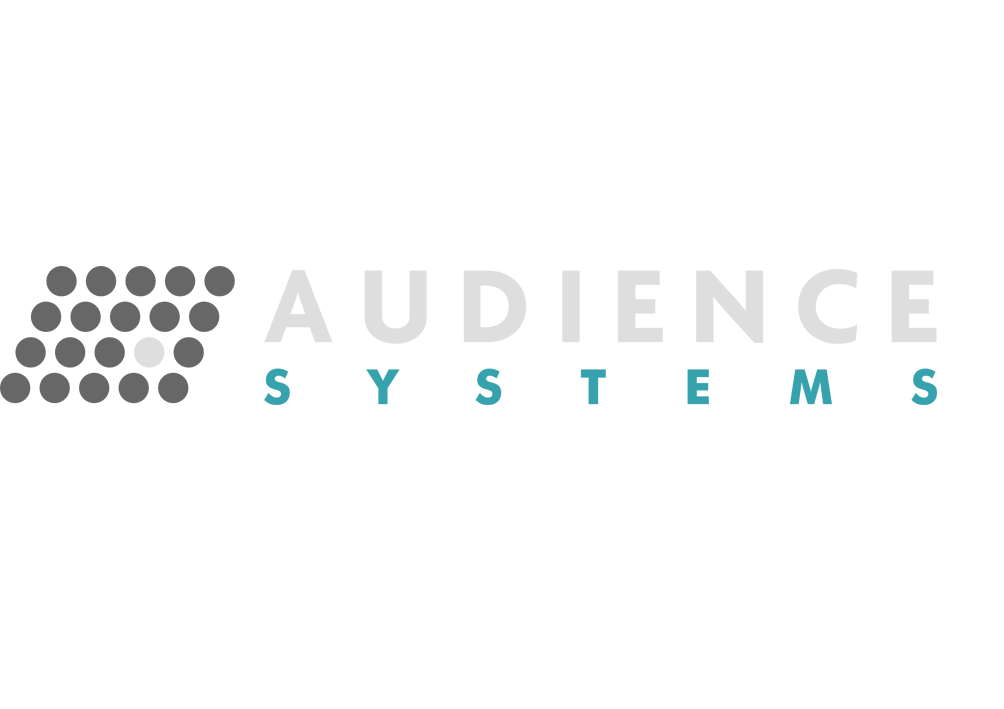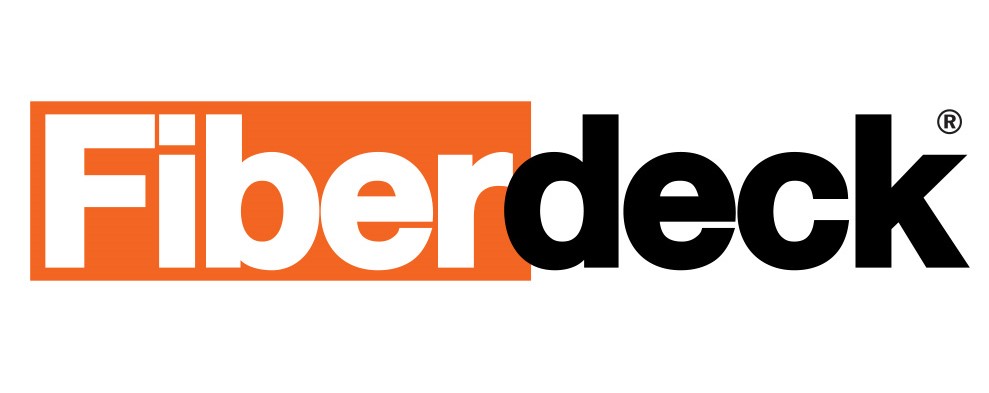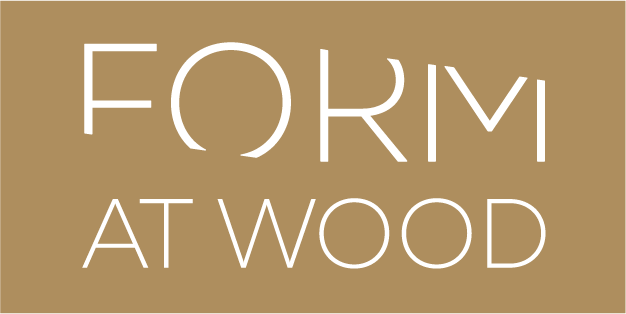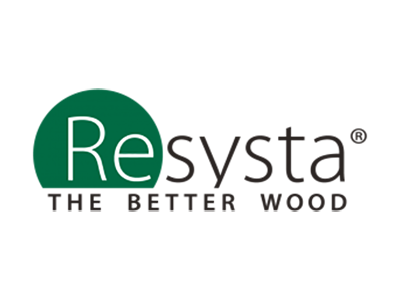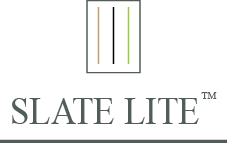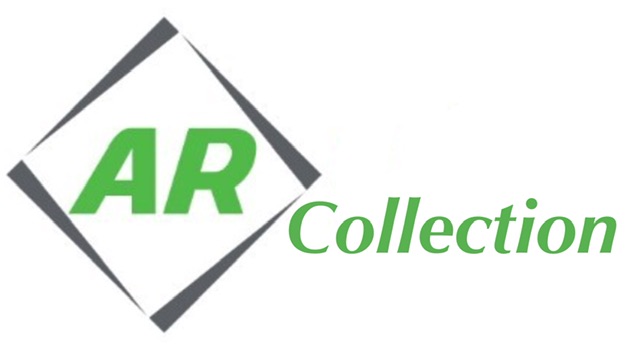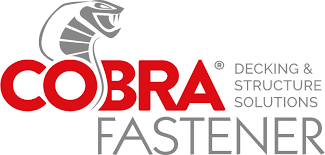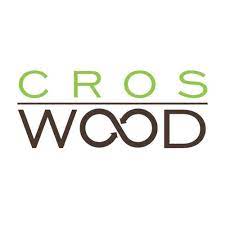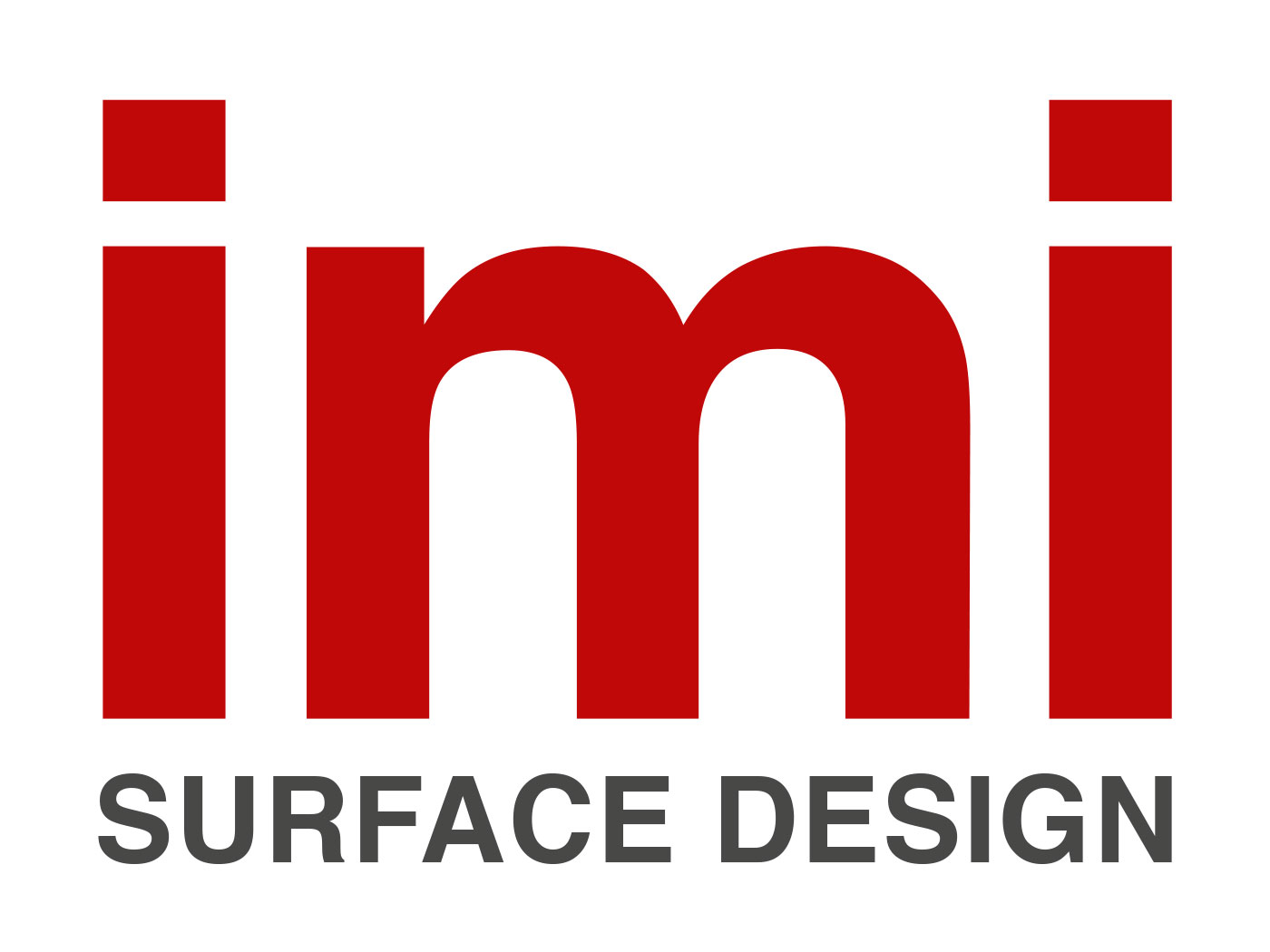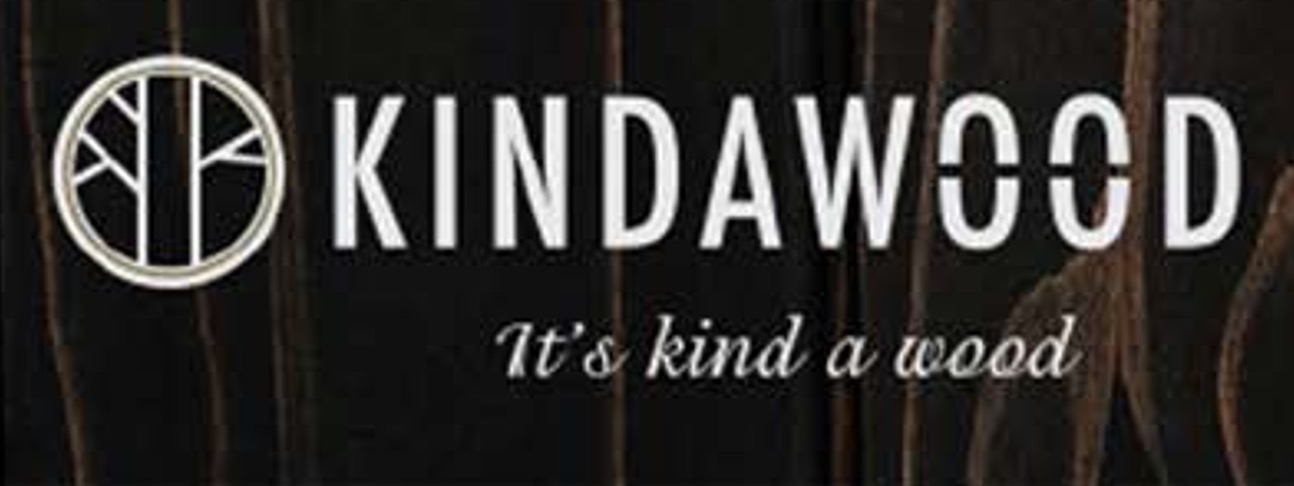What are the advantages of using engineered wood flooring?
Engineered wood flooring offers several benefits compared to solid wood. One of the main benefits is its stability. Unlike solid wood, which can expand and contract due to changes in humidity, causing it to warp, bow, cup, or gap, engineered wood is far more resistant to these issues. This means that you can expect your engineered wood floor to stay in good condition for longer, and that wider boards can be produced.
Another advantage of engineered wood is that it is often available pre-finished, which reduces installation time and eliminates any potential surprises on site. Additionally, engineered wood can usually be installed over underfloor heating, which is not possible with most solid wood planks.
In addition to its practical benefits, engineered wood is also a more environmentally-friendly option. It is made using a combination of slow-growing, high-quality hardwood layers (such as oak and walnut) and other materials, making it an efficient use of these resources. It can also be installed using alternative, easier methods, which can make the process more convenient.
What is engineered wood flooring?
Engineered wood flooring is a type of flooring that is constructed using multiple layers of wood. The term “engineered” refers to the way the flooring planks are made. In contrast, solid wood flooring consists of a single plank of wood.
Engineered wood is designed to be more stable than solid wood, which means it is less prone to cupping, bowing, and warping. This stability is achieved by layering the wood in such a way that the grain runs perpendicular to each layer, giving the flooring plank more strength and making it less susceptible to changes in atmospheric conditions.
Engineered wood is a suitable choice for building projects in climates with high humidity, such as Greece, because it is less affected by changes in humidity than solid wood.
What is an oiled finish?
Oil-based finishes can enhance the natural beauty of wood by penetrating deep into the timber and highlighting its color and grain. Oil finishes also provide protection for the floor. In addition to giving a natural appearance, oiled floors are easy to repair in the event of slight surface damage. Some oiled floors may require an additional coat of oil or hardwax oil after installation for added protection.
what is a diamond shield finish?
UV Oiled floors, also known as Diamond Shield Coated (DSC) finished floors, are a new innovation offered by MaterialsArk. These floors are created using five layers of UV hardwax oil, which give the floor a strong and protective layer against moisture and spills such as wine, beer, and coffee. The combination of oil and UV hardwax creates a floor that is both repairable and resistant, like a lacquered floor. This brings the best of both worlds together in one product.
What is a lacquered finish?
A lacquered finish is a popular choice for wood flooring due to its durability and moisture resistance. Our lacquered floors are made with a five-layer finish to provide the necessary protection for the floor. One disadvantage of a lacquered floor is that it is not repairable like an oiled floor. If a lacquered floor is scratched or damaged, the entire finish will need to be sanded down and a new lacquered coating applied by hand.
What is the length of the warranty on my wood flooring?
The length of the warranty on your wood flooring will depend on the specific product you have chosen and whether it is being used in a residential or commercial setting. Residential wood flooring products typically come with warranties that range from 10 to 25 years. Commercial wood flooring products may have shorter or longer warranties, depending on the specific product and manufacturer. It is important to carefully review the warranty terms and conditions to understand the coverage and duration of the warranty for your wood flooring.
What Is The Difference Between an Engineered and Solid Wood Floor?
There are a few key differences between engineered and solid wood floors. Solid wood flooring is made from a single piece of wood and is uniform throughout, while engineered wood flooring has a hardwood top layer with cross-laminated layers of wood beneath it to add structural stability. This design makes engineered wood more resistant to movement and more stable under changes in temperature and humidity.
What is the necessary quantity of wood that I need to order for my project?
To determine the amount of wood you need to order for your project, you will need to calculate the net measurement of the area where the flooring will be installed and add a wastage allowance. The size of the installation area and the type of flooring will affect the amount of wastage required. For plank flooring, a wastage allowance of 8-11% is typical, while patterned floors like herringbone or chevron may require a higher wastage allowance of 14-20%. Consult with your installer for accurate wastage calculations and to determine the appropriate amount of wood to order for your project.
What is the purpose of expansion gaps in wood flooring installation?
Wood is a natural material that adjusts its moisture content to the humidity level of its environment, a process known as hygroscopy. This means that when the humidity is high, wooden floors will absorb moisture from the air and expand slightly. Conversely, when the humidity is low, the floor will contract. To allow for this expansion and contraction without causing tension in the floor, an expansion gap is necessary. This gap helps prevent the wood from pushing against walls, door frames, pipes, and other structures.
Is it possible to install wood flooring over underfloor heating systems?
Our floors are suitable for use with underfloor heating and cooling systems. With a floor from MaterialsArk, you can use underfloor heating as your primary source of heat. Despite some misconceptions, it is generally possible to install wood flooring over underfloor heating systems. In most cases, the wood floor can be directly glued to the concrete substrate for a minimal thickness and maximum performance from the underfloor heating or cooling. We recommend using a glue-down system for the best results.
What causes color variations in wood flooring?
Wood is a natural material, and each piece of wood from a tree will have its own unique color and grain structure. The color of the wood is influenced by a variety of factors such as the age of the tree, its location and exposure, and the pH of the soil in which it grew. These factors can cause variations in the color of the wood.
What is FSC Certification?
The FSC® (Forestry Stewardship Council) is an independent organization that promotes responsible management of the world’s forests. Its principles and criteria aim to ensure that forests are managed in a way that meets the social, economic, ecological, and cultural needs of current and future generations. In order to carry the FSC label, a product must come from an FSC-approved source and must have an FSC-approved chain of custody.
What is Cradle to Cradle Certification?
Cradle to Cradle Certified™ is a globally recognized measure of safer and more sustainable products that are designed for the circular economy. The certification provides product design standards that help brands and manufacturers create products that have a positive impact on people and the environment. By purchasing Cradle to Cradle Certified™ products, consumers can make responsible purchasing decisions. MaterialsArk’s product ranges are Cradle to Cradle Certified™ Silver.
What is the expected lifespan of my wood flooring?
When properly installed and maintained, wooden floors can last for many years, even decades.
Is it possible to install wood flooring in a home with pets?
Wooden floors can be a healthy and attractive option for homes with pets. To help protect the floor from scratches, it is important to keep your pet’s claws trimmed. In addition, using maintenance products can help reduce the appearance of minor scratches over time.

What are the best practices for maintaining an oiled wood floor?
Oiled wood floors are relatively easy to care for. For everyday cleaning, you can use a broom, vacuum cleaner, or dry mop to remove dust and loose debris. For more thorough cleaning, you can damp mop using a diluted oiled wood floor cleaner. In areas with high foot traffic, it may be necessary to damp mop daily and apply a maintenance wax regularly. This wax can be applied to heavily used areas or to the entire floor using an electric, single-disc buffing machine with a beige pad. In residential settings, maintenance wax should be applied to the floor when it begins to look dull or lifeless.
Is my wood flooring resistant to water or other liquids?
All MaterialsArk wood floors are tested for their resistance to stains and spills. However, in commercial spaces or busy kitchens, it may be a good idea to apply maintenance products soon after installation to help protect the surface finish in these demanding environments.
What are the steps I should take if my wood flooring becomes damaged?
Dents and scratches on wood flooring may occur over time, but they can often be repaired using maintenance products or easy-to-use repair kits. For light scratches, you can try using a wood floor cleaner or a furniture polish that contains a small amount of wax. Simply apply the product to the scratch and buff it out with a soft cloth.
Is it possible to sand and refinish my wood floor?
Most of our wood floors are able to be sanded and refinished multiple times during their lifespan. This allows you to customize the appearance of the floor to match the decor of the room where it is installed. Refinishing the floor can also help to restore its original luster and protect it from further wear and tear.







